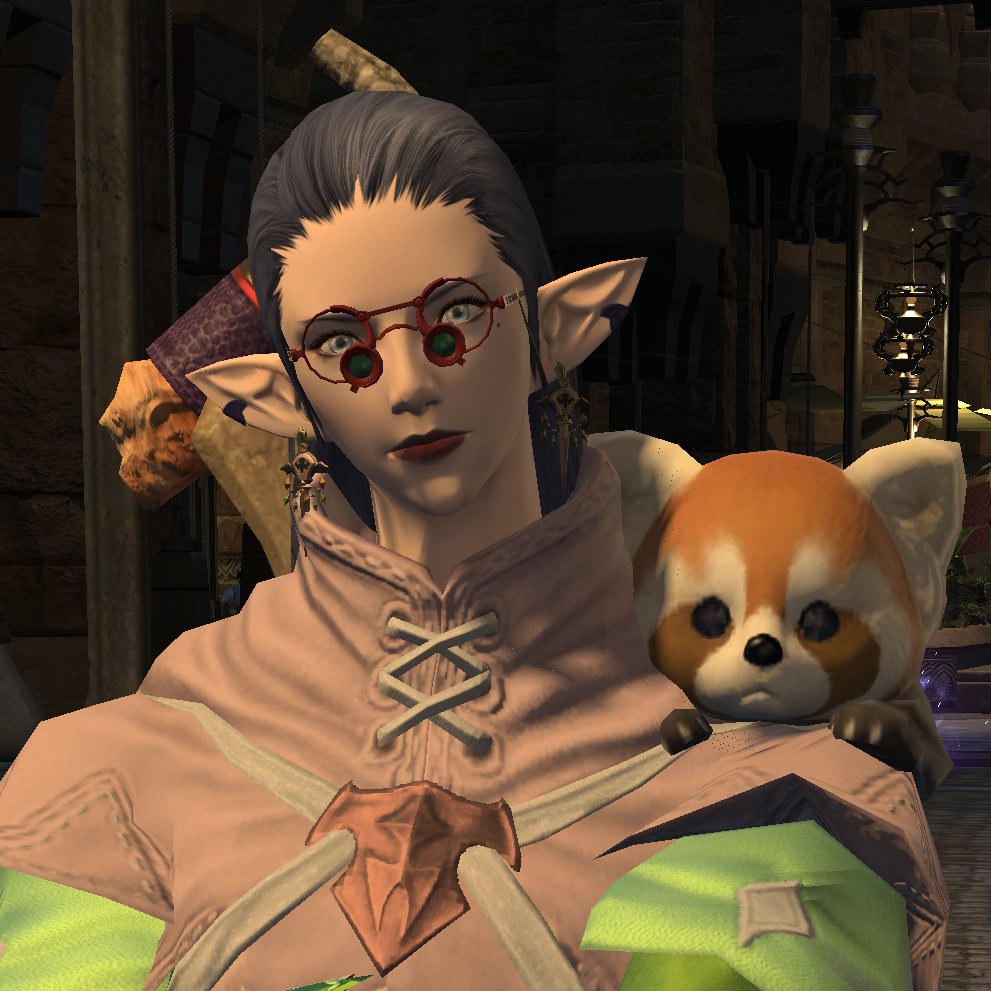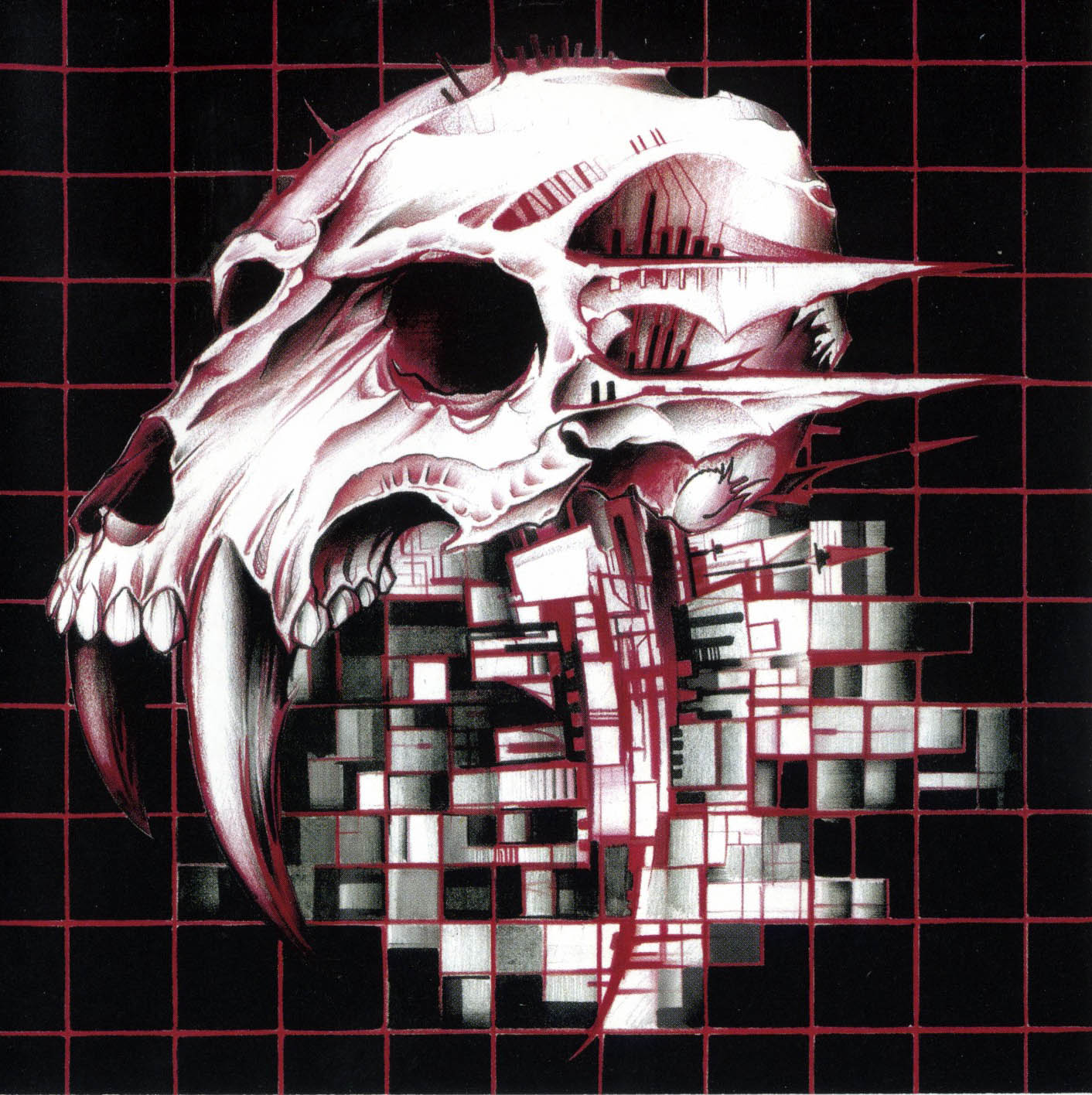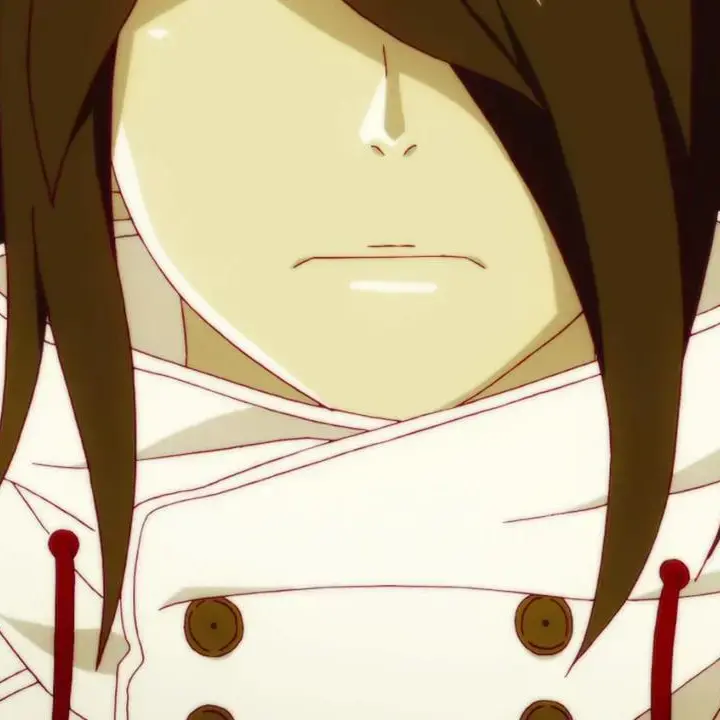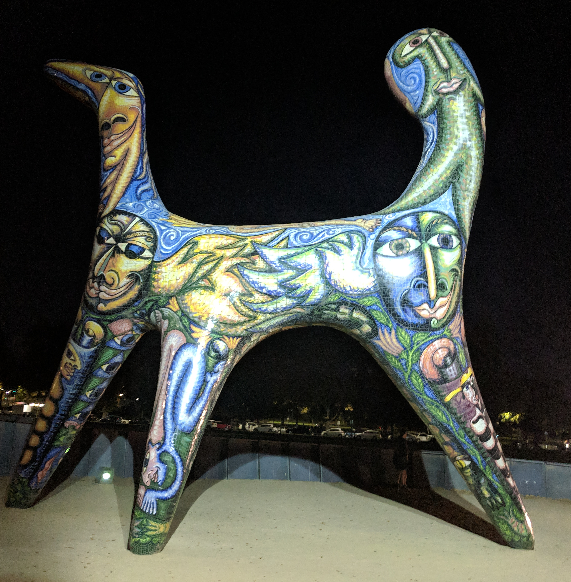Having grown up in the northern hemisphere I have a particular mental image of Father Christmas/Santa Claus/Saint Nick/whatever. It involves a lot of clothing, topped with a lined robe. Y’know, typical cold weather gear.
In the southern hemisphere, do you get the same? If so, how come the poor guys cosplaying as him don’t overheat?
Yes. In Brazil we have the same Santa.
The reason the guy doesn’t overheat (more often) is because they only cosplay in climate controlled areas like malls. Their costume is also made with breathable and “thin” fabric, not much hotter than your regular sweatpant.
(Replying to myself because I feel like to instead of editing my original comment)
We also have the same decorations like you guys: Christmas trees covered in snow, Santa in cold weather gear, reindeers and probably everything else you can name.
It doesn’t make any sense and we know it. It’s just an excuse to get drunk and eat a lot.
I like this new guy and his username.
Thanks, new guy! My curiosity is very much satisfied :D
I remember seeing an Australian Santa Claus wearing red boxers and santa hat, with the usual white trimmings. He arrived at the Christmas beach party on a surfboard with a little Christmas tree.
Foster’s, it’s Austrailian for egg nog.
I’ve seen a mall Santa. He was inside, in the air conditioning, so I think he was okay.
A different angle might be to ask if X country actually has a concept of Santa Claus for their particular holidays if you’re interested in learning about that.
Huh, this is how I learn mall Santas exist outside north America.
Id bet eastern asia gets more interesting Santas than south america.
Brazilian here. They do. Although our shopping malls are cooled down with an air conditioning system. From my experience, the climate inside is often fresher but rarely too cold to need a jacket.
This is a interesting question. I believe it comes down to if the “corporate version” of Santa Claus (and Christmas) has made its way to the southern hemisphere. Christmas is a major Catholic holiday celebrating the birth of Jesus. Santa Claus is derived from the Saint Nicholas a patron saint.
“Saint Nicholas is the patron saint of sailors, merchants, archers, repentant thieves, children, brewers, pawnbrokers, toymakers, unmarried people, and students in various cities and countries around Europe. His reputation evolved among the pious, as was common for early Christian saints, and his legendary habit of secret gift-giving gave rise to the folklore of Santa Claus”
Similar like Christmas, Halloween is not celebrated in the same commercialized way in parts of Europe for example. It focuses more on the remembering and honouring of the dead, commonly done with heading to evening mass and then lighting a candel at the cemetery.
Halloween as we know it evolved from two main sources: the ancient Celtic festival of Samhain, which marked the end of summer and the beginning of winter, and the Christian observances of All Saints’ Day and All Souls’ Day. The night before All Saints’ Day, November 1, became known as “All Hallows’ Eve,” which was later shortened to Halloween.
Celtic festival of Samhain
Purpose: To celebrate the end of the harvest season and the beginning of the dark, cold winter.
Beliefs: Celts believed that on the night of Samhain (around November 1), the boundary between the worlds of the living and the dead became blurred, allowing spirits to roam the earth.
Traditions: To ward off evil spirits, people would light large bonfires and wear costumes or disguises.
Timing: Held around November 1, the time of the new year for the ancient Celts.
Christian influence
All Saints Day: In the 8th century, the Roman Catholic Church moved the feast day of All Saints to November 1, likely to absorb or replace the pagan traditions of Samhain.
All Hallows’ Eve: The night before the feast of All Saints became known as “All Hallows’ Eve,” or “the eve of all the hallowed (or holy) ones”. Over time, this name was shortened to “Hallowe’en”.
Merged traditions: Many pagan traditions from Samhain merged with Christian observances, such as the “souling” tradition in which people went door-to-door asking for food in exchange for prayers for the dead. This is a precursor to modern trick-or-treating.
Some Christmas traditions involve a red suit, others involve a bell, and some have…
It’s the same, and really weird for me. Like they’re unironically wholesale swallowing cultural domination. All kinds of winter decorations, smack dab in the middle of summer. Have some pride man.
Source : River plate christmas
Like they’re unironically wholesale swallowing cultural domination.
Did you somehow get the idea that northern hemisphere countries own Christmas traditions?
All kinds of winter decorations, smack dab in the middle of summer.
IDK, are the northerners having opposite season decorations for christmas to conform to the southern season during christmas?
Australia, yes we have regular Santa’s for the most part. Occasionally you’ll get Santa in shorts or whatever, but generally it’ll be the regular outfit. Santa coincidentally only shows up for a few minutes sometimes, then is called away on urgent business.
Santa lives at the North Pole. He has to dress warmly. 2/3 of Earth’s population lives north of the equator. Santa has to dress for the majority of the people he will visit as he doesn’t have time to change clothes. Santa’s helpers in malls are like stunt doubles. They have to dress like Santa dresses.
some variations of Aussie santa is dressed for the correct climate https://duckduckgo.com/?t=ftsa&q=australian+santa&ia=images&iax=images
Yes, malls have air conditioning, it’s why they don’t die down here, it’s a free public space people go to stay cool.
People in South America still play Santa but it’s a much different experience in the hottest part of summer.
No because we don’t have mall Santas. It’s a product of corporatism and capitalism.
Do you think corporatism and capitalism only exist in the northern hemisphere?
Do you think mall Santas exist everywhere, or do you realise that different cultures have different traditions?
I suspect they exist in Australia
Yeah but they’re called shopping centre santas not mall santas.
Kiwi here. We have malls and shopping centers, but only mall Santas
You have malls and shopping centres? I thought they were the same thing. Whats the difference?
There’s no functional difference, we just use both terms. It’s a bit arbitrary, but generally once a mall is a mall we stick with that and vice versa. E.g. “Westfield St Lukes” is known as “St Lukes mall” colloquially by pretty much everyone.
Die Anglosphäre ist nicht ganz überall.
Germans in the southern hemisphere… Where have I heard it before… 🤔
Ja, aber ich weiß nicht ob die espanolsphere oder die frankafrique hat Santa Claus.
Und ihren Kolonie ist vergesslich
No, but I’d wager there’s at least one mall in the southern hemisphere that employs at least one Santa, making your assertion incorrect.
That’s not really “everywhere”. Not all 180-200 countries have them.
Nice to see that Reddit’s pointless arguments exist on Lemmy too. I’m gonna feel at home here.
I never said they were “everywhere” that was your goal post. I’m only saying they exist in the southern hemisphere as well as the northern hemisphere. If you’re trolling, you’re bad at it.
Do an image search for “Australian Santa”. Shorts and a summer shirt.
Florida and Texas. Yes he still wears his winter wear.
I’d also like to point out characters at Disney. If you think Santa is hot think about Chewbacca lol. I’m assuming Santa’s would work the same if they were outdoors. Lots of breaks to cool down.
Florida and Texas are not in the southern hemisphere?
Skim reading did me dirty this time lol. I’ll take the L









